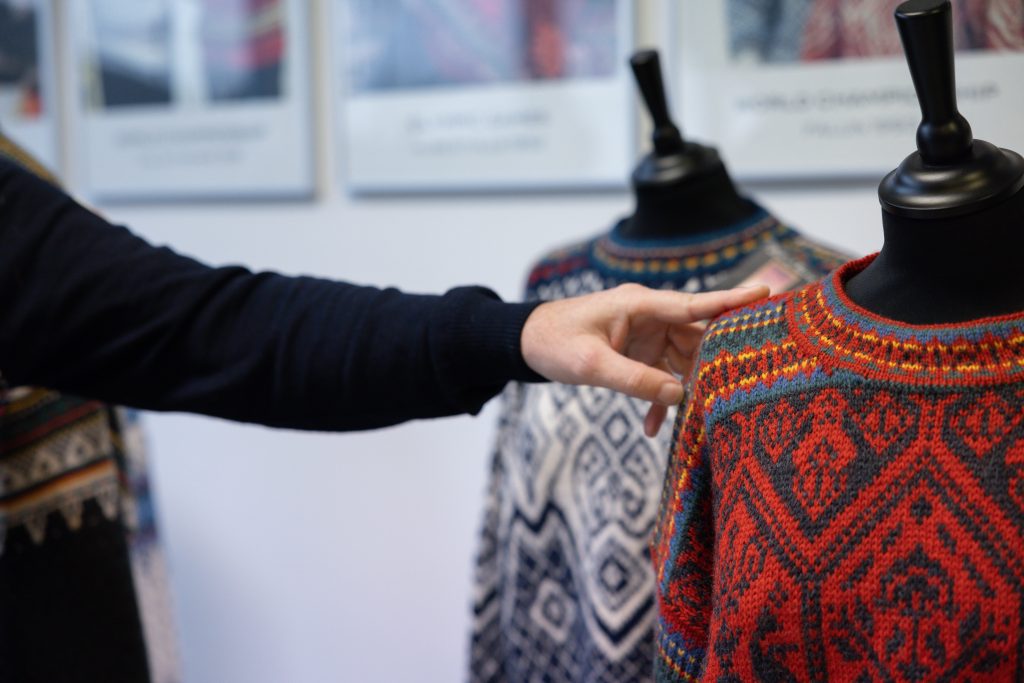Wool is a very durable material and can have a lifelong use (sometimes for generations) if treated correctly.
Handle with care
If mistreated, wool can shrink, start pilling or wear out very quickly. Wool is self-cleaning and should not be washed too often. Instead, you should just let it air out, preferably outside, but not in direct sunlight.
If you need to wash it, make sure you separate light and dark colors, and be sure to not mix wool with other fabrics as it can result in pilling.
Another trick to prevent pilling is to turn the garment inside out before washing to get an even gentler treatment.
Do not expose wool to high temperatures or tumble dry
The most important thing to remember is that wool must not be exposed to a high temperature and movement at the same time. It will shrink and become very tight. You can wash wool in a washing machine, but only at the lowest temperature, like 30 degrees Celsius.
Some woolen garments can be washed at 40 degrees Celsius, but you need to read the label on each garment to be sure. Use a detergent specially made for wool and delicate fabrics, do NOT use bleach and NEVER tumble dry.
Clean it rarely, but quickly
If the piece of clothing is particularly dirty or gets stained, clean it as soon as possible. Soak the garment for a while in cold water before washing, and rub stains with a soap especially made for wool. In Norway, “Gallesåpe” is the preferred soap for stains.
Thicker woolen fabrics like coats or large blankets can be spot-cleaned instead of machine washed. Or take them to a professional laundry service that is familiar with wool.
Be sure to squeeze as much water out of the washed clothing as possible before hanging it to dry. You can also lay it flat on a towel to prevent that the water expands the fabric and ruins the shape of your clothes.
Buy high-quality, sustainable products
Pilling is a common challenge for woolen clothing. To prevent it from the start, invest in high-quality products. A pure wool sweater of excellent quality will last much longer and get less lint than a cheaper mixed material. It can be hard to avoid pilling and lint altogether, but there are ways to get rid of them when they appear.
Electric lint removers are handy, but use them with caution, you do not want them to damage your clothing. You can also use a sharp razor to «shave» the lint off. Be careful not to use a dull blade as that can ruin the fabric.






